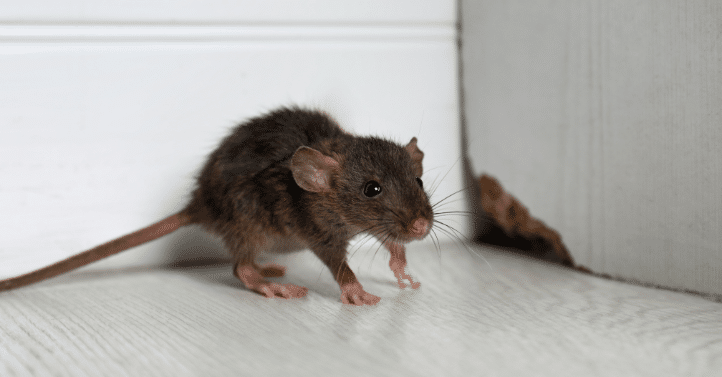The U.S. market for rodent control products is being led by the consumer segment, bringing overall sales to USD 400 million.
“The consumer market accounts for roughly 80% of the total market share, growing by around 6.4%, on average, over the past 10 years,” Aneesa Moolla, Project Manager in our Agrochemicals sector, said in a recent webinar that drew insights from Kline’s Rodent Control: Market Analysis and Opportunities report. “To put that into perspective, a lot of the other segments only grew a maximum of less than 5% in the last few years.”
Reasons for the surge include the COVID-19 pandemic – with people being at home more often, they became aware of rodent problems and swiftly headed to the store for a rodent control product.
“We found that consumers prefer to use the big chain stores such as Home Depot and Walmart to buy their products, but in recent years there has been an increase in the use of online stores such as Amazon,” Moolla said.
Meanwhile, products in the U.S. have undergone modifications due to new regulations. Perhaps the biggest change: The consumer market segment is no longer allowed to sell any sort of anticoagulant – aka a blood thinner that causes a rodent’s death within one day.
“Anticoagulants were an issue because people were worried about cross contamination [such as] pets eating the products potentially or a child touching a product,” Moolla said. “And then there was the secondary contamination issue – such as local wildlife feeding on a rat that had eaten poison and then become accidentally poisoned.”
In contrast to the United States, the consumer markets in other countries are much smaller. In Mexico, for example, pest control operators – the majority of professional pest control companies include rodent control services – account for the largest sales share of products.
“One of the biggest issues is that about 10% to 15% of Mexican pest control operators are unregistered, and it is a difficult market to control,” Moolla said. “There are a lot of products being sold on the black market, and it’s not possible to track which products are being used or which active ingredients are being used.”
In France, the pest control operator segment is growing due to restrictions on consumer products.
“Consumer market products are limited, and they’re not allowed to be advertised,” Moolla reported. In addition, retailers are restricted from offering discounts – or putting any special promotions – on pest control products to attract sales.
In China, the pest control market has experienced profound changes, mostly due to more stringent regulations.
“The government is being more restrictive in who controls the pesticides being used,” said Moolla. In fact, any professional pest control operator or worker now needs to have three certifications.
“This changed the market quite drastically,” Moolla noted. “We found that a lot of small pest control companies were essentially leaving the market because they were not able to get the certifications, and this strengthened sales for bigger pest control companies.”
In terms of China’s consumer market, restrictions are also plentiful: Only those who bring their ID and prove their age and identity can buy pest or rodent control products.
In the urban market segment, which covers rodent control programs used for major cities, there has been a significant shift from having an internal staff to outsourcing and using pest control operators.
“This is, again, because of certification,” Moolla said, explaining that it’s much easier to use certified professional pest control operators. In addition, it’s significantly less expensive compared to maintaining an internal staff (and paying its salaries).
How is the rodent control product market evolving in other territories? And with anticoagulants banned in U.S. consumer products, what ingredients are now being used? Plus, what are the leading brands in the U.S. market? Watch our webinar here to find out. And for more detailed insights, check out Rodent Control: Market Analysis and Opportunities. The report is an overview of how rodents are controlled in different industry segments including agriculture, consumer/households, professional pest control, and urban cities; it includes analysis of leading rodenticide brands and suppliers for each segment, and interactive sales database, and more.

